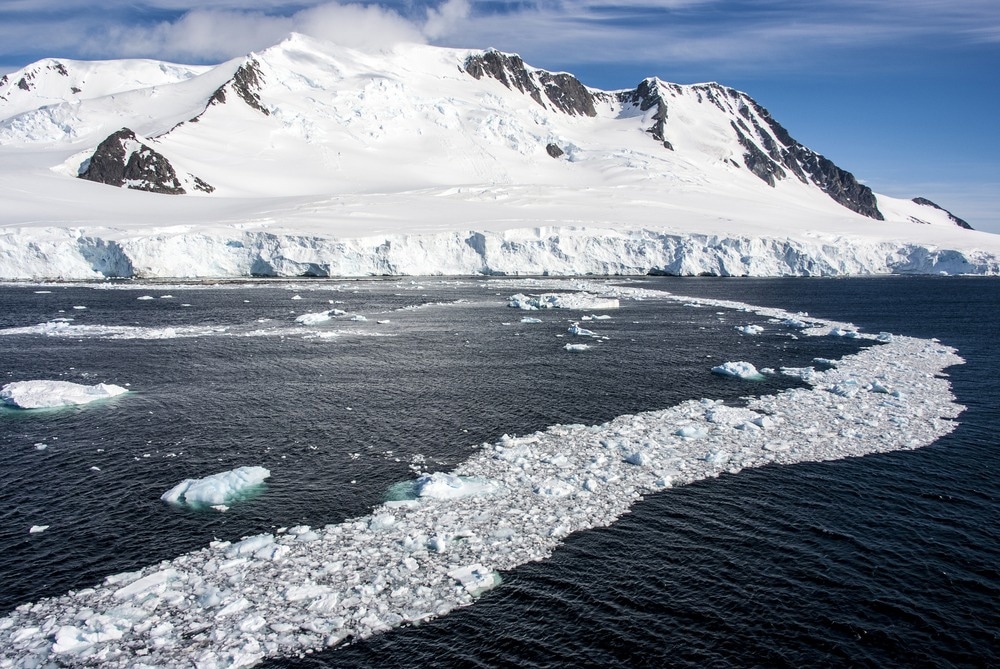Antarctica, the ice-covered continent, suffers from climate change. A phenomenon known as the polar amplification effect causes temperature rise at high latitudes to be significantly stronger than that of the global mean temperature.

Image Credit: Ion Mes/Shutterstock.com
Prof. Huadong Guo of the International Center of Big Data for Sustainable Development Goals (CBAS) and the Aerospace Information Research Institute (AIR) of the Chinese Academy of Sciences (CAS) guided a research group that examined the region’s ocean-ice-atmosphere interaction mechanism.
The research was published in the journal National Science Review.
Based on machine learning and passive microwave remote sensing data, alongside temperature observation data from automatic weather stations, the team created a method for detecting ice sheet surface snowmelt. They found a 40-year delay in the melting season of the Antarctic ice sheet from 1978 to 2020.
Researchers discovered that Antarctic summer is not only “coming late” but also “ending late.” The majority of Antarctic snowmelt regions have specifically experienced delays in the beginning and end of melt, with delays in onset occurring in 67% of snowmelt regions and delays in termination occurring in 65% of regions.
Over the course of the 40-year observational period, there have been accumulated delays in melt onset and end dates totaling 10–15% of the entire summer melt period.
The research group also clarified the factors that the cause the start of the Antarctic ice sheet melting to be delayed. Late spring and early summer in Antarctica saw a drop in surface temperature due to the movement of the westerly jet toward the poles. At the end of the Antarctic summer, the heat released from the ocean to the atmosphere increased as a result of the sea ice extent decreasing, delaying the end of ice sheet surface melting.
Researchers investigated how the delayed melting season of the Antarctic ice sheet surface affected changes in surface net solar radiation and discovered that the delayed melting season in the snowmelt region might change annual surface net solar radiation by -5 ± 3 × 1018 J/year (or -0.26 ± 0.14 W/m2).
Compared to the change of surface net solar radiation (-0.19 ± 0.31 W/m2 per year) caused by increased sea ice, the delay in the melting season has a greater impact on the total change in radiation balance.
Integrating ice sheet surface melting processes into climate and ice sheet models, according to this study, will enhance forecasts of regional climate change, ice sheet mass balance, and sea level rise.
Journal Reference:
Liang, L., et al. (2023) (2023). Delayed Antarctic melt season reduces albedo feedback. National Science Review. doi.org/10.1093/nsr/nwad157.